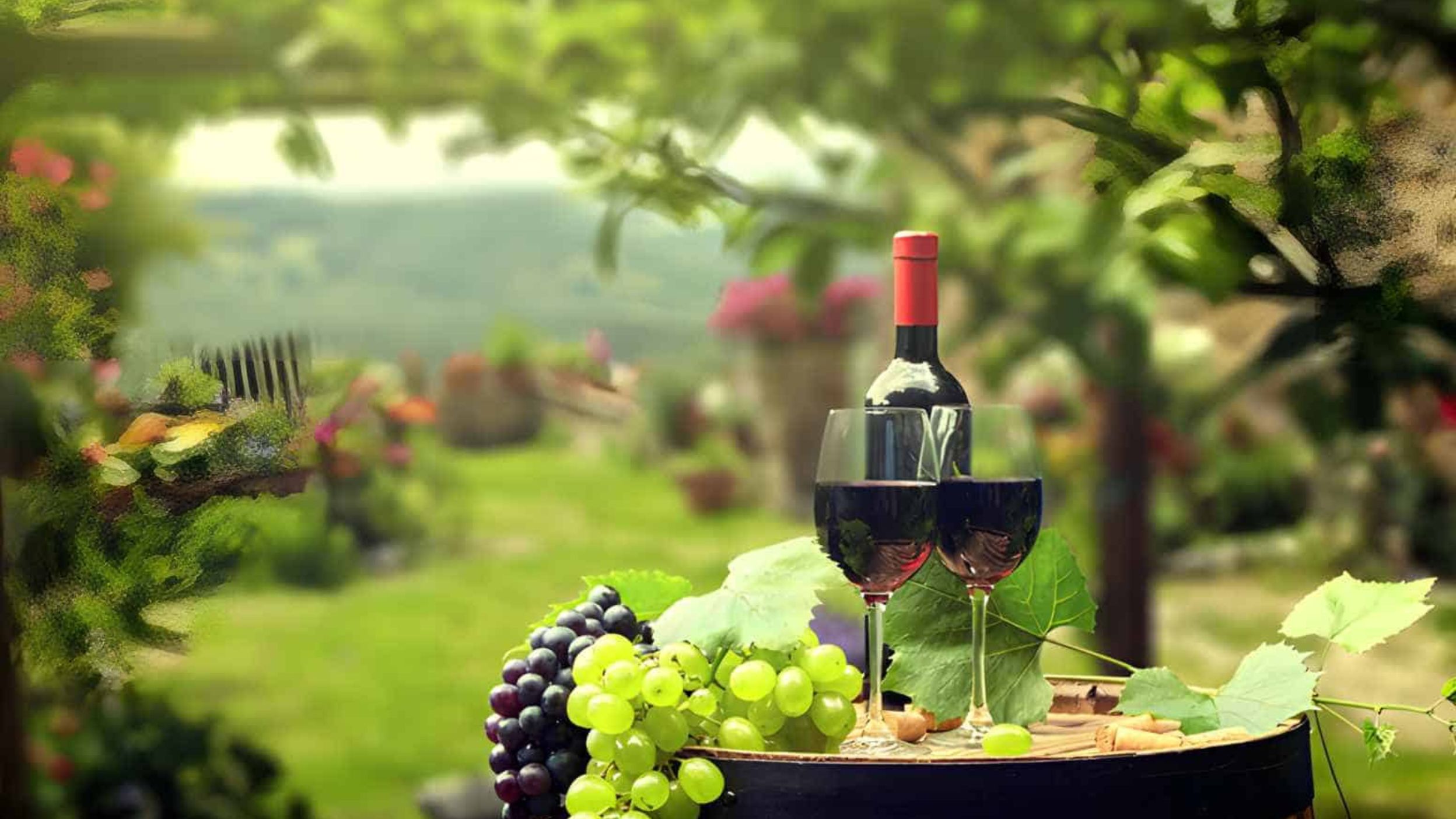
Vine Glorious: Bordeaux producers bank Left and Right on their ability to craft complex collectable wines
Bordeaux is considered a benchmark in the world of fine wine. Located in southwest France, the region is known for its exceptional terroir that is home to more than 7,000 wine-producing châteaux. Talented winemakers craft compelling wines within the red, white and sweet categories.
Michelle Chan, Christie’s Head of Wine in Asia Pacific, identifies Bordeaux’s unique geographical location situated between the Atlantic Ocean and the Gironde estuary and its diversity of soils as key factors behind its acclaimed output. She adds that the region’s long history of winemaking expertise has resulted in the development of specific winemaking techniques, such as blending multiple grape varieties to create complex and balanced wines.
Divide and conquer
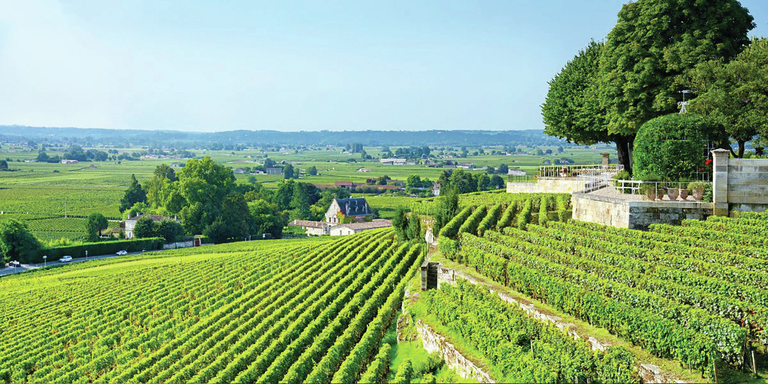
Bordeaux is positioned at the centre of the confluence of the Dordogne and Garonne rivers, which flow into the Gironde, and Chan stresses that understanding the difference between the ‘Left Bank’ and ‘Right Bank’ of Bordeaux is essential in grasping the region’s varied wine offerings. The area to the west, on the left bank of the Garonne, and between the Garonne and the Dordogne, “is famous for its powerful and structured red wines, predominantly made from Cabernet Sauvignon. Notable appellations include Médoc, Graves and Pessac-Léognan. These wines are full-bodied with firm tannins, ideal for long-term ageing,” she says.
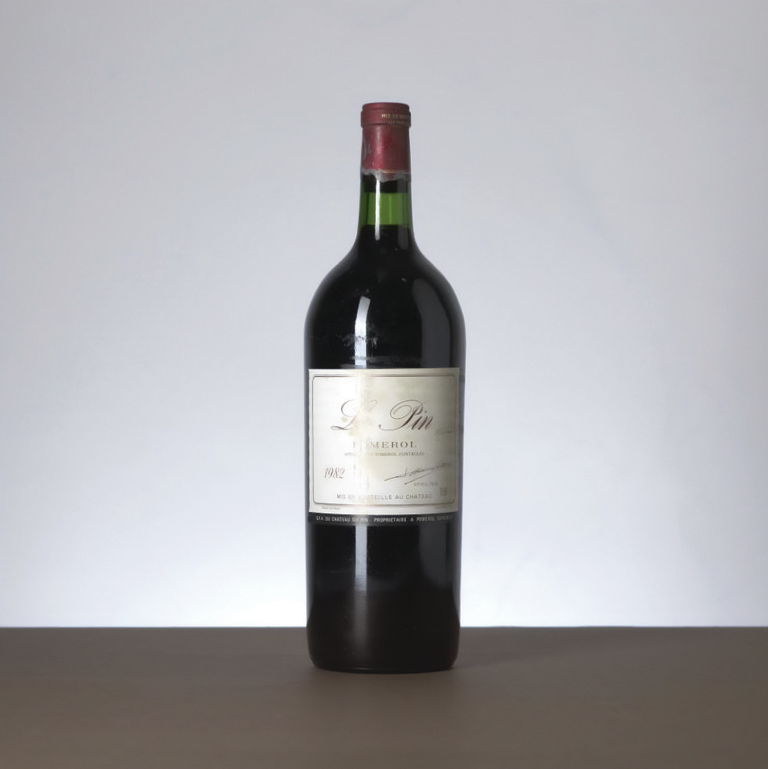
East of the Dordogne is the Right Bank “renowned for its Merlot-based blends, which are typically more approachable and supple when young. The most prominent appellations are Saint-Émilion and Pomerol, producing rich, opulent wines with velvety tannins and exceptional balance.”
Chan also notes that the region produces outstanding white wines and is hailed for its sweet wines.
Pick of the best
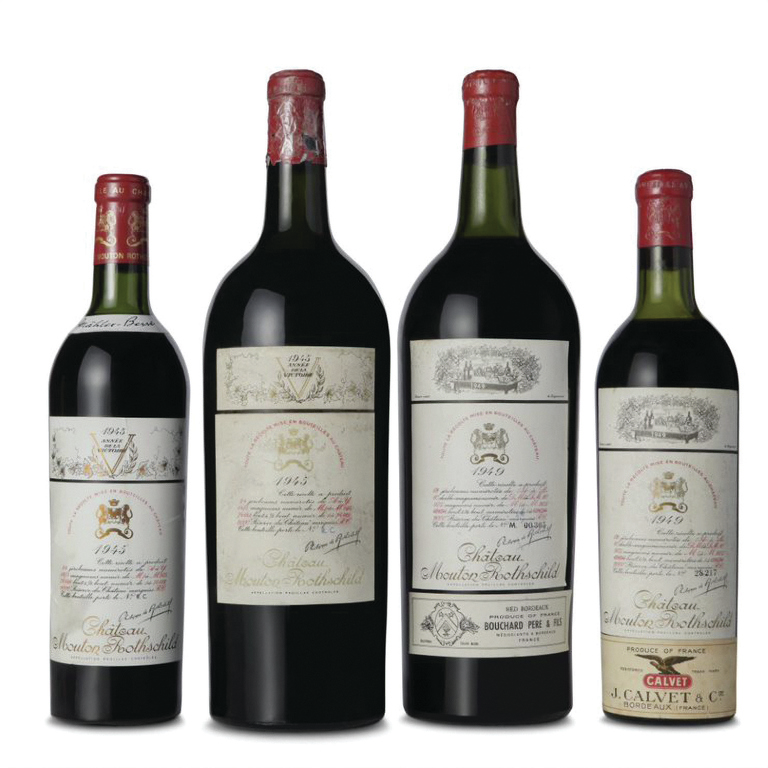
Such is the quality of wines the region has to offer, Chan finds it difficult to choose a favourite.
First on her list is Château Latour à Pomerol 1961. “This opulent and refined Merlot-based wine from Pomerol has enticing aromas of black cherries, truffles and hints of tobacco. The palate displays a velvety texture with well-integrated tannins and flavours of ripe dark fruits, earth and sweet spices.”
Next is Château Mouton Rothschild 1945 of which she says: “This iconic vintage features a complex and captivating bouquet of cassis, pencil shavings and cedarwood. The rich and full-bodied palate showcases layers of dark fruit, leather and tobacco, complemented by a firm tannic structure and exceptional balance.”
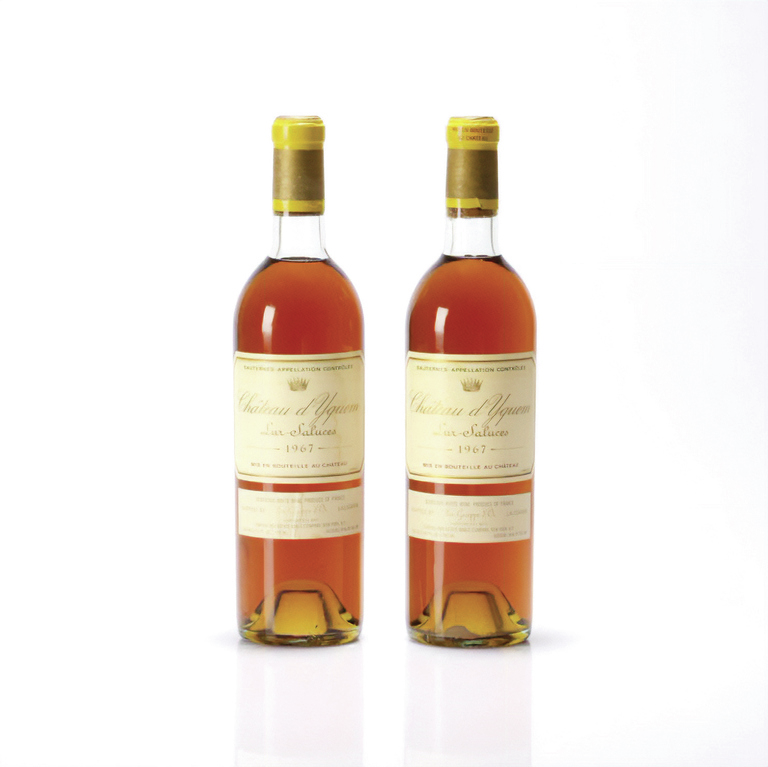
She also adores large-format Bordeaux wines and highlights the magnums of Le Pin 1982 – expressions of lush, seductive character and incredible depth – auctioned by Christie’s in Hong Kong in May. For sweet wines, she plumps for Château d’Yquem 1967. “This golden-hued sweet wine, made from a blend of Sémillon, Sauvignon Blanc and Muscadelle grapes, has an incredibly complex nose with aromas of honey, apricots, candied orange peel and botrytis spice.”
Collectors’ tips
For those beginning a Bordeaux wine collection, Chan stresses it is essential to educate oneself on the various appellations, châteaux and vintages. Her recommended vintages are 1945, 1947, 1949, 1959, 1961, 1982, 1989, 1990, 1996, 2000, 2005, 2009, 2010 and 2015.
Also Read: The Best Food and Wine Pairings: Which wine goes well with which dish?







